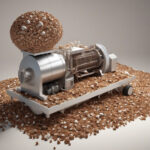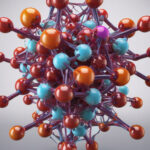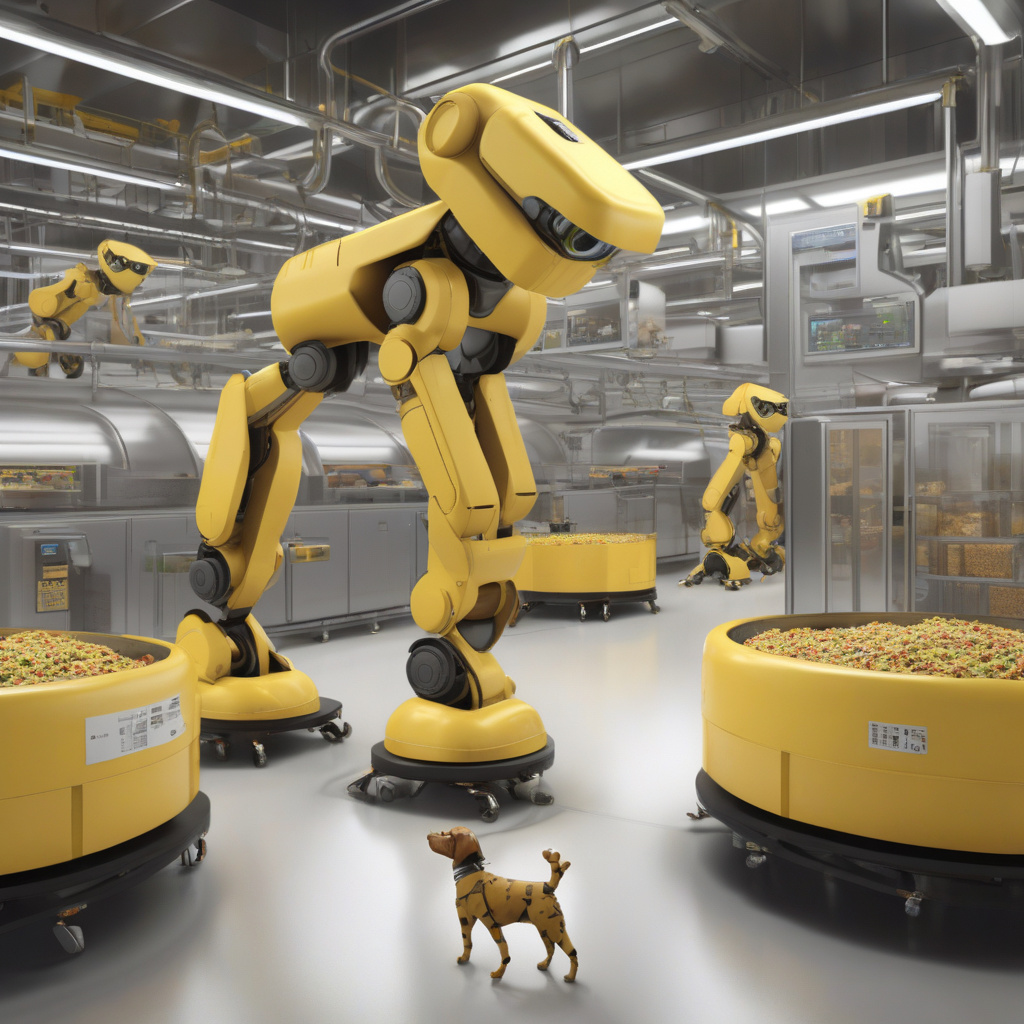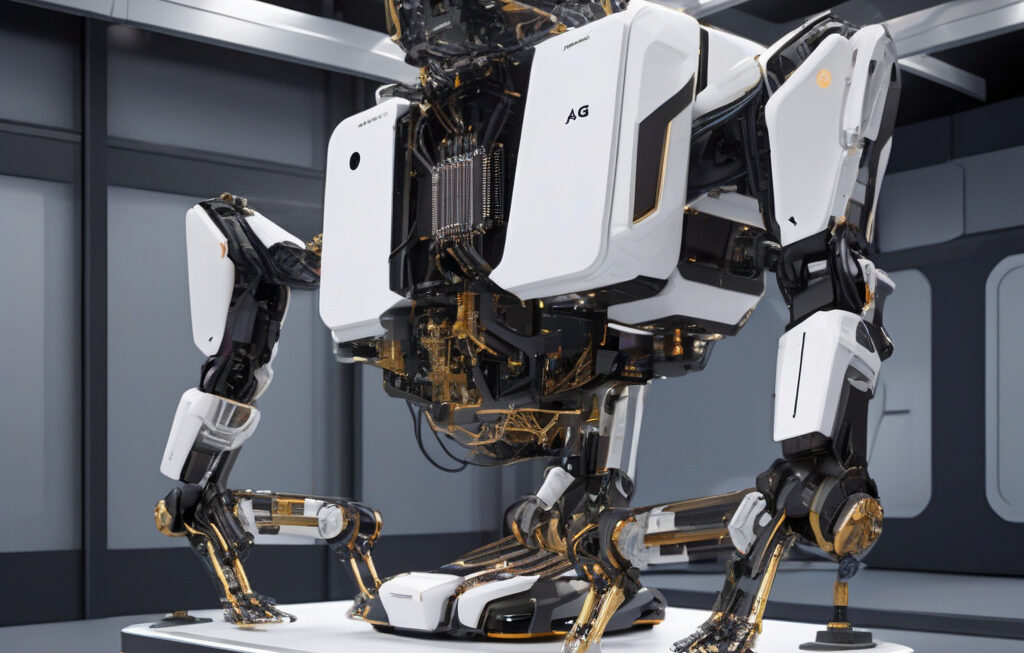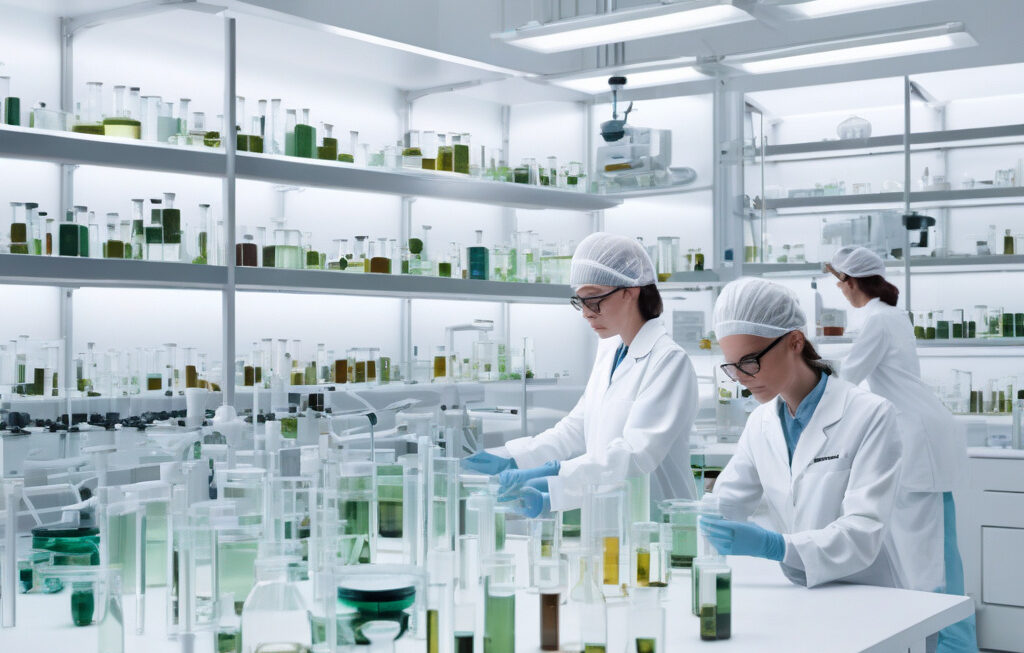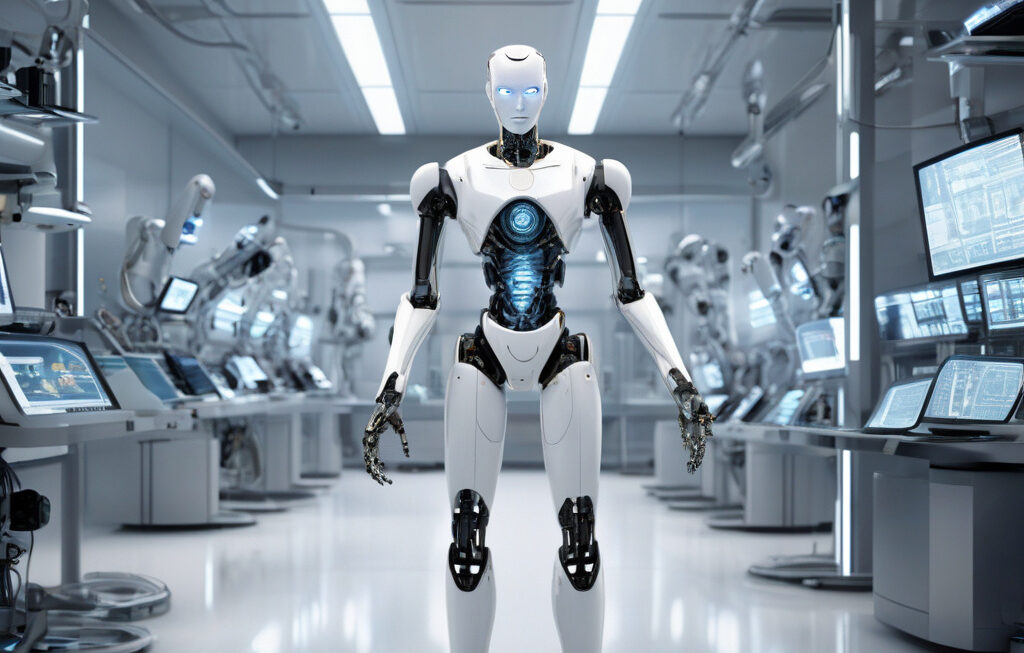Automating factory operations is one of the biggest reasons why robotics has been in focus in recent years. The integration of robots in various industries has not only increased efficiency but also improved safety standards. Recently, a US firm made headlines by deploying Spot, a robot dog developed by Boston Dynamics, to inspect its food factories and identify potential hazards.
Spot, the four-legged robot equipped with cameras and sensors, has been trained to navigate through complex environments with ease. By utilizing Spot in their food factories, the US firm aims to enhance its safety protocols and ensure that all processes meet the highest standards of quality control.
One of the key advantages of using Spot in this setting is its ability to access hard-to-reach areas that may be challenging for human workers. By sending Spot to inspect these spaces, the firm can proactively identify any potential hazards or maintenance issues, ultimately preventing accidents and production delays.
Moreover, Spot can capture and analyze data in real-time, providing valuable insights to the firm’s management. By collecting data on temperature, humidity, and other environmental factors, Spot can help optimize processes and improve overall efficiency in the factories.
The deployment of Spot also highlights the growing trend of incorporating robotic solutions in the food industry. With increasingly stringent regulations and consumer demand for transparency, food manufacturers are turning to innovative technologies to maintain high standards of safety and quality.
In addition to safety benefits, using Spot can also lead to cost savings for the firm. By automating routine inspections and data collection tasks, the firm can reallocate human resources to more strategic roles, ultimately increasing productivity and profitability.
While some may express concerns about the potential job displacement caused by the integration of robots in the workforce, it is important to note that the goal is not to replace human workers but to enhance their capabilities. By working alongside robots like Spot, employees can focus on tasks that require human judgment and creativity, leading to a more dynamic and efficient work environment.
Overall, the deployment of Spot in food factories represents a significant step towards the future of manufacturing. As technology continues to advance, we can expect to see more companies embracing robotic solutions to improve safety, quality, and efficiency in their operations.
In conclusion, the use of Spot robot dog in inspecting food factories by the US firm showcases the transformative power of robotics in enhancing workplace safety and productivity. By leveraging the capabilities of robots like Spot, companies can stay ahead of the curve in an increasingly competitive market landscape.
robotics, foodindustry, automation, safetyprotocols, efficiency






